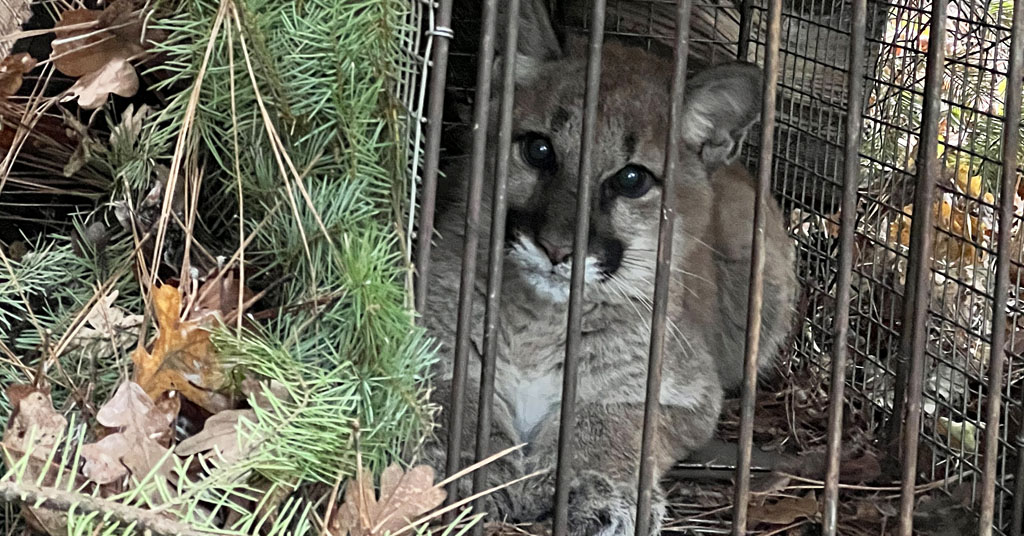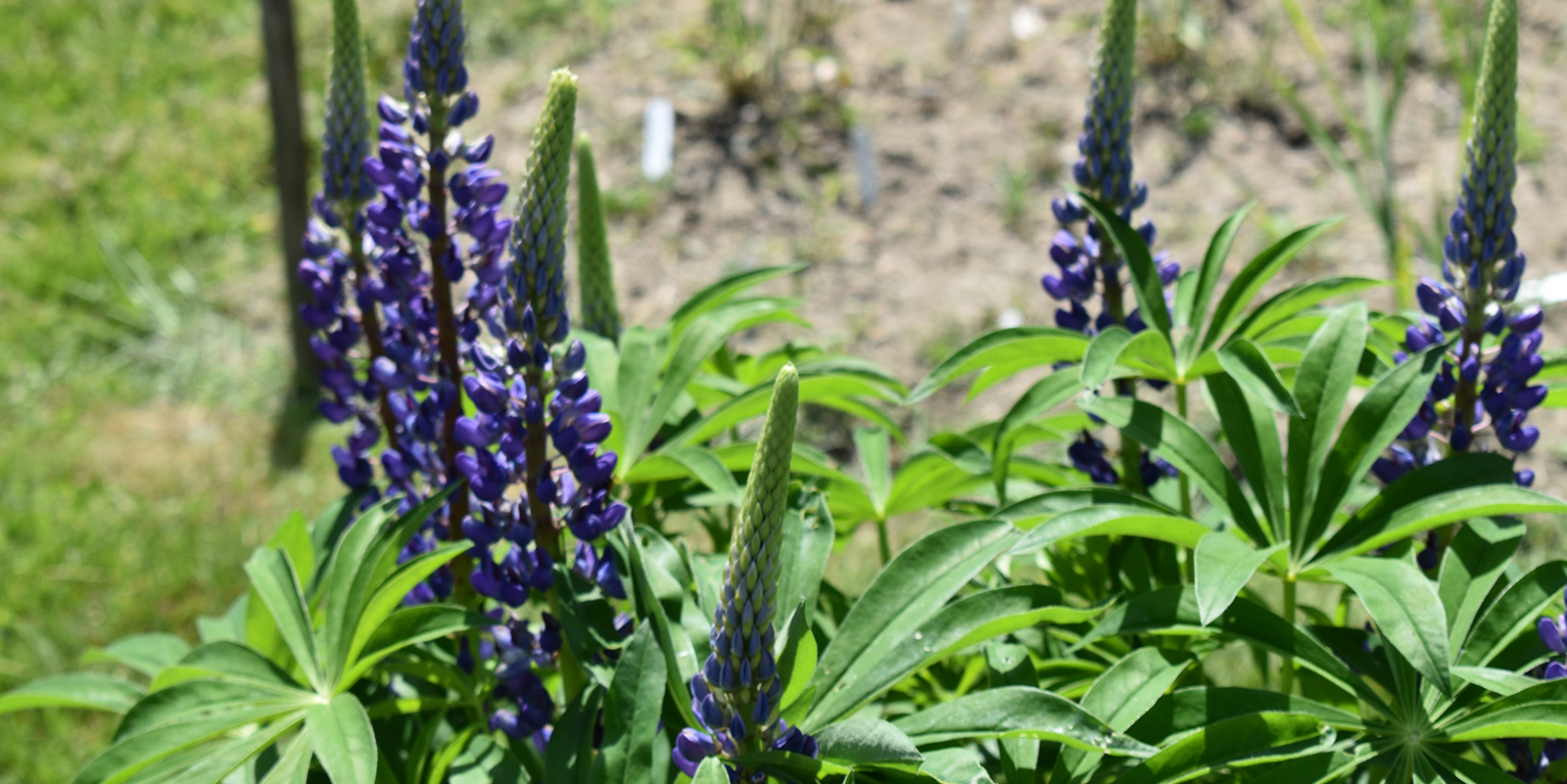Wintering Bats in Rhode Island: Are They Seeking Refuge from White-Nose Syndrome?
February 9, 2016
Several species of bats that spend the summer in Rhode Island have experienced dramatic declines in their populations because of white-nose syndrome, the fungal disease discovered in 2006 that infects bats in the caves and mines where they hibernate for the winter.
Little brown bats, for instance, the most abundant species in the region prior to the outbreak and the species most likely to be found breeding in attics and barns during the summer, have declined by about 90 percent in the Northeast. Northern long-eared bats have lost more than 98 percent of their population.
Perhaps the only good news that has resulted from the disease is that bat biologists have been forced to think differently about ways to protect the remaining populations of bats. They’ve begun to re-think the concept of hibernation caves — called hibernacula — in hopes of discovering previously unknown locations where bats may be spending the winter.
Until very recently, it wasn’t believed that many bats wintered in Rhode Island. Those species that migrate, including hoary, silver-haired and red bats, head south well before the winter freeze. And those that hibernate underground, such as little brown, northern long-eared and tri-colored bats, were all thought to migrate to caves and mines in New Hampshire, Vermont and New York. And they do. But, it turns out, not all of them.
After a biologist in New Hampshire discovered bats hibernating in abandoned manmade structures along that state’s coast, Charlie Brown, the wildlife biologist responsible for bat conservation for the Rhode Island Department of Environmental Management, began to seek out sites where the animals may be over-wintering in the Ocean State.
“To my knowledge, no effort had been made previously to survey those kinds of sites,” Brown said. “But it got us thinking about what constitutes a hibernaculum. Instead of caves and mines, are there alternative sites that bats might use that we haven’t noticed in the past? And might these places be the last holdouts for the species?”
Beginning in 2010, Brown began identifying possible facilities, most on state-owned land, that might have the appropriate conditions.
“Bats are finicky about their environment. Those that typically use subterranean structures to hibernate require a stable environment with high humidity and low temperatures consistently around 35 to 40 degrees in winter,” Brown said. “There can’t be much airflow through the structure that might change those conditions.”
He said the bats also require a location that is undisturbed by frequent human visitation. “Every time they’re aroused, they burn calories,” Brown said.
After several years of using a headlamp and flashlight to explore abandoned structures throughout the coastal regions of Rhode Island, Brown has identified four structures where small numbers of bats have been found hibernating. A total of less than 100 bats have been recorded at the four sites, with big brown bats the most common species detected. Northern long-eared and tri-colored bats have also been observed.
Peter August, a biologist at the University of Rhode Island who has studied tropical bats, isn’t surprised that Brown has discovered big brown bats overwintering in Rhode Island. He said that species typically hibernates within 30 miles of their summer roost.
“We just don’t notice them here because they’re hibernating,” he said. “If we continue to have warm weather like we have, I wouldn’t be at all surprised if people start seeing bats flying around outside.”
Finding the other two species, however, is a surprise.
Brown banded eight of the hibernating big brown bats he discovered, and four of them returned to the same site the following year, which suggests they have a degree of site fidelity. But the small numbers of bats he has found so far may indicate that the structures don’t provide optimal conditions for hibernation. And Brown has no idea how long they may have been in use.
“We don’t see skeletons of bats that would suggest that 10 years ago there were many more using these sites than today,” said Brown, who won’t reveal the location of the sites, to reduce the likely hood of disturbance. “I assume that these facilities became appropriate as hibernacula at some point, maybe because they were abandoned recently or are not used in the same way any more.”
The DEM biologist will continue searching smaller structures this winter in hopes of finding additional bats.
“We’d like to find more sites. Bats may use cisterns, sewage systems, military-type structures, summer homes and other places we haven’t looked at yet,” he said. “We’ve looked at most of the larger structures, but we’re sure there are other smaller places out there.”
As exciting as it is to find a diversity of hibernating bats in Rhode Island, Brown isn’t convinced that these sites are protecting local bats from white-nose syndrome, even after tests of samples collected last year from the structures and from the bats themselves all came back negative.
“The fungus was not detected, but we can’t say it’s not there,” Brown said. “Given that the bats move around the landscape and interact with bats from infected caves, it’s hard to imagine that our area hasn’t been affected or that we’re insulated from it. That would be nice, but we don’t know that yet.”
Those who observe a bat in a home or other structure in winter are encouraged to contact Brown at 401-789-7481 or [email protected]. He also monitors maternity colonies in the summer months and asks those with large numbers of bats in their attics or barns in the summer to contact him. And if you find a bat in the living space of your home, he recommends contacting the Rhode Island Department of Health for a health screening, as bats are known to carry rabies and other diseases.
Rhode Island resident and author Todd McLeish runs a wildlife blog.



